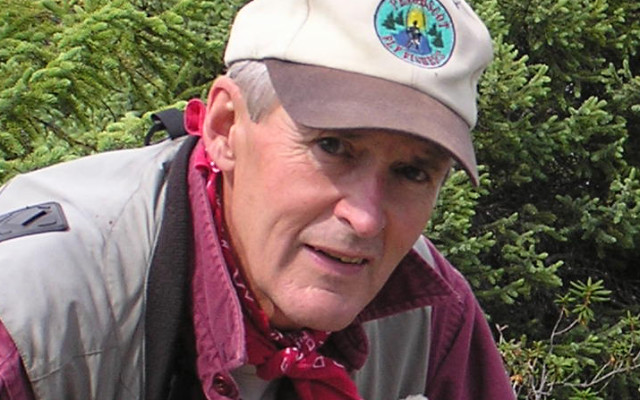
The big chill is nothing to fool with in the woods
By V. Paul Reynolds
It was only early October, and, compared with many of my late November hunts, it just didn’t seem that cold. I had been in the tree stand since daybreak with my compound bow and my thermos of hot tea. The sun had been inching its way toward me through the softwood canopy for about two hours. There was no wind. Yet here I was, cold and shivering. The hot tea and cookie did not seem to help much. “”C’mon sun, get on up there and do your thing,” I said, willing the eternal orb to buy me another hour in the stand. I was in good deer country with plenty of fresh sign. Calling off the hunt was not an option, or was it?
A half hour later my inner voice told me to give in to the cold now, and get back on the ground where I could move around and get some circulation going. “Take a hike,” I told myself, hoping the chill would wane.
Something was definitely not right. I felt sluggish of mind and body as I plunked one booted foot in front of the other, and mumbled to myself in what seemed like slow motion. The truck’s heater, a half hour walk away, seemed the most sensible option. Soon I was back in the truck before the heater and within a few minutes, it hit me: “Man, you must have been hypothermic!”
As an active outdoorsman I ice fished a lot as a younger man in temperatures and wind chills that were most unpleasant. And I slept on the cold October ground only a few years ago in the Colorado high country with no issue except mild discomfort. This recent October hunt was my very first personal experience with hypothermia, a condition I rarely ever even thought much about.
But when it affects you and your hunt, the condition suddenly gets your interest up.
According to outdoor writer Ben Long, up to 85 percent of outdoor deaths in the United States involve hypothermia! Put simply, hypothermia, or “exposure,” gets dangerous when your body’s core temperature drops so low that your vital organs stop functioning. As was the case with my experience, sometimes hypothermia can take you in its clammy grip when you least expect it. Long writes, “ It doesn’t have to be particularly cold. A soaking rain shower in a chilly desert will kill a lost hiker wearing cotton clothing, even if the temperature never approaches freezing. Some vulnerable elderly have been known to become hypothermic simply by going into an air-conditioned building on a hot day.”
So what about my big chill that October morning? My son, who is in his late fifties, scolded me for not first eating a big breakfast before my tree stand vigil. Calories generate warmth, and when “your body can’t generate enough warmth to offset the energy lost to the elements,” writes Long, you are headed for trouble.
Lesson learned, and late in life. My age no doubt was a factor in my hypothermia experience as well. This fall, I hope to return to the “scene of the crime” but I will be more warmly attired, well fed and tuned in to my body and the conditions of the hunt.
I used to make fun of my deer camp buddies, “sissies” I said of those who wore wool socks connected to small battery packs. No more.
In investigating I found an online company, TheWarming Store, that retails a heated hunter’s vest for sale at $99.99 The vest operates off a battery pack. The vest is an Aheata 7V Puffer Men’s Vest. The vest has heating panels on the chest, back and collar with three adjustable heat settings. On the medium heat setting the vest will keep you warm for five hours plus.
No more big chill? I’ll let you know how it works out.
The author is editor of the Northwoods Sporting Journal. He is also a Maine Guide and host of a weekly radio program “Maine Outdoors” heard Sundays at 7 p.m. on The Voice of Maine News-Talk Network. He has authored three books. Online purchase information is available at www.sportingjournal.com, Outdoor Books.